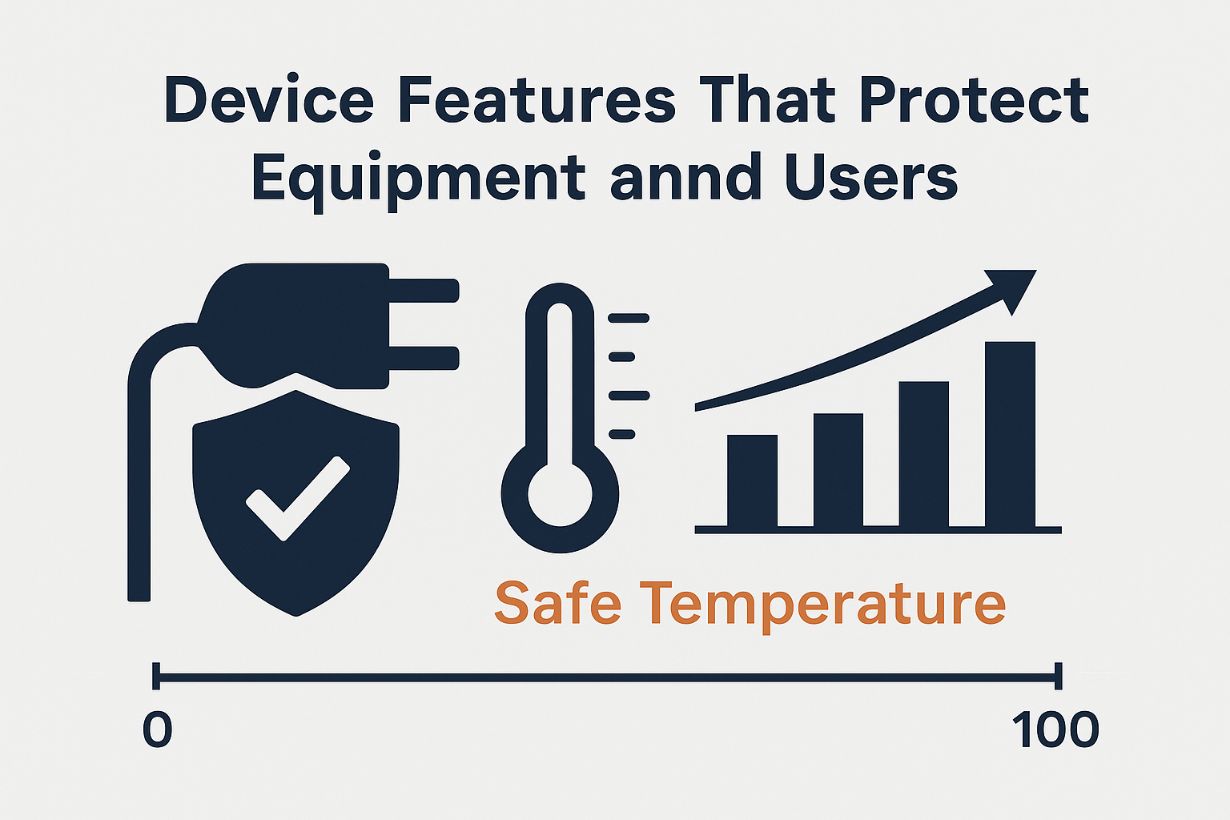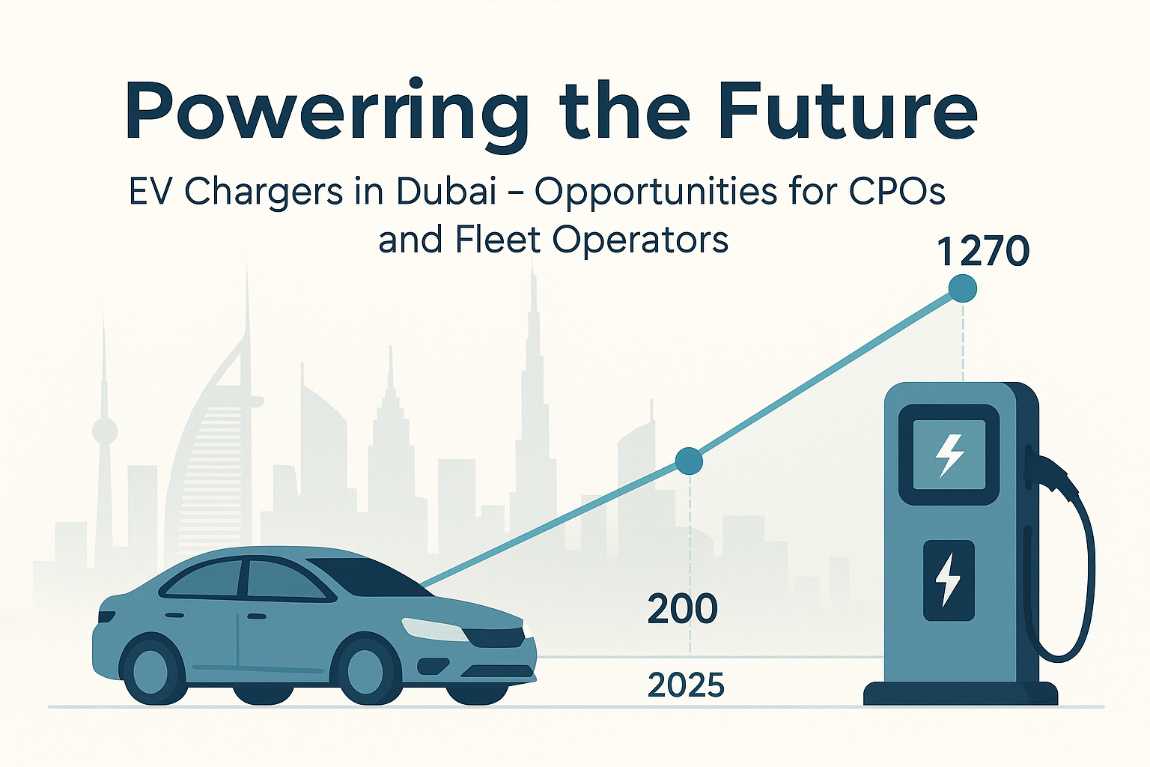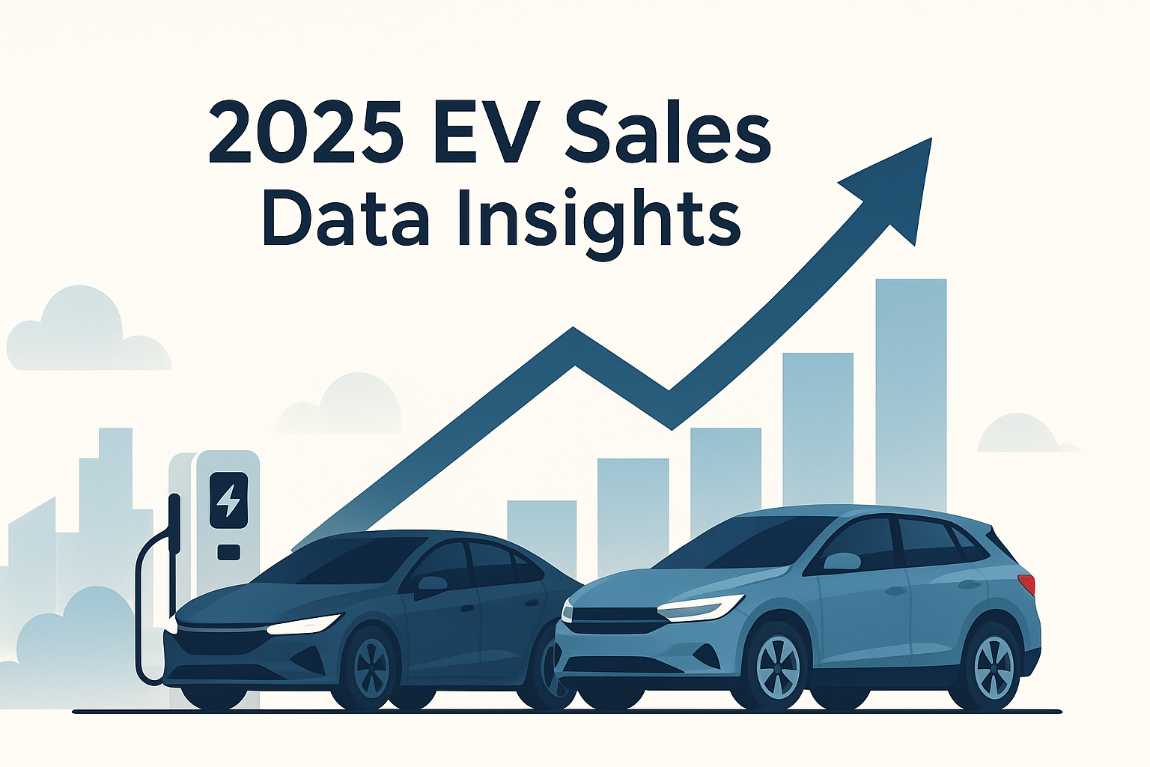Reliable, future-proof charging is now the backbone of every successful electric fleet and public charging network. While new connector types frequently grab headlines, the SAE J1772 standard remains the workhorse that keeps most North American passenger cars, vans and light-duty trucks moving every day. Understanding how to specify, deploy and manage SAE-compliant equipment is therefore essential for meeting uptime targets and maximising utilisation across your sites.
Why the SAE J1772 Standard Still Matters
SAE J1772 defines the physical, electrical and communication requirements for the five-pin “Type 1” connector used for AC charging. Because the specification covers both Level 1 (120 V) and Level 2 (240 V) operation, it offers you a single, interoperable solution for depot, workplace and kerbside locations.
At Level 1, drivers can plug into a standard household receptacle for an overnight top-up. Level 2 raises charging power dramatically, allowing 3.6 kW, 7.2 kW, 11 kW or even 22 kW depending on the circuit and current rating you install. The result is a flexible charging ecosystem that supports diverse dwell times from minutes to hours.
Rigorous safety provisions underpin the specification. A mechanical latch prevents accidental unplugging, pilot-signal handshakes confirm the earthing path before current flows, and embedded temperature sensors halt charging if heat builds up. These measures protect your assets, your customers and your reputation.
Practical tip:
When you procure new hardware, insist on explicit SAE J1772 compliance. Cutting-price adapters that only approximate the pin layout can overheat, nuisance trip breakers or, worse, damage vehicle inlets. The small saving on a no-name alternative can turn into a costly recall.
Inside the Connector: Current Ratings, Materials and Certifications
Although the Type 1 plug looks identical from the outside, internal components vary by current rating:
- 16 A: Common on early EVSE and ideal for legacy vehicles or shared workplace sockets where dwell times are long.
- 32 A: The present mainstream choice, delivering up to 7.2 kW on single-phase 240 V supplies.
- 63 A: Used for premium wallboxes and small commercial pedestals pushing towards 14 kW–22 kW in markets where local codes permit.
Select the rating that matches both your supply capacity and the onboard chargers within your fleet. Overspecifying wastes capital; underspecifying stretches dwell times and compresses operational windows.
To verify build quality, look for the following marks:
- CE for European regulatory compliance
- TÜV certification demonstrating third-party testing to stringent safety requirements
- UL listing for North American installations
A connector may carry all three marks if the manufacturer serves global markets. Choosing properly certified assemblies keeps insurers happy and, more importantly, safeguards drivers who handle couplers in all weather conditions.
Avoid the common pitfall:
Do not assume a 40 A vehicle will automatically throttle down on a 16 A plug. Many will, but certain onboard chargers simply refuse the handshake, causing frustrated drivers to discover an unexpected “Charge Fault” message at 6 a.m.
Deploying SAE Charging in the Real World
You can implement SAE J1772 infrastructure almost anywhere electricity is available. In residential settings, compact wallboxes provide a tidy solution for company-owned cars taken home by employees. For public or fleet depots, bollard-mounted posts or dual-socket pedestals scale the power delivery while keeping footprint modest.
Across these scenarios, you need to select the right power band:
- 3.6 kW (16 A) — good for overnight charging of pool vehicles
- 7.2 kW (32 A) — supports quick daytime top-ups or a full charge in four to six hours
- 11–22 kW (Three-phase, 32 A–63 A) — ideal for rapid turnaround of high-utilisation vans
A typical rollout roadmap follows five steps:
- Audit vehicle mix, battery capacities and dwell patterns.
- Match each location with an appropriate power level and number of sockets.
- Engage a qualified electrician to install conduit, breakers and earthing to local code.
- Commission the chargers, verifying pilot-signal integrity and load-management settings.
- Monitor utilisation through a back-office platform such as Pulse Energy to fine-tune scheduling and tariff structures.
Case studies from logistics operators show that simply relocating a 22 kW post closer to depot exit gates shaved 15 minutes off early-morning queuing, translating into measurable delivery-route gains. Small infrastructural decisions can therefore unlock disproportionately large operational benefits.
Regulatory watchpoint:
Many municipalities now require make-ready conduit for future dual-port expansion. Building this foresight into today’s trenches is far cheaper than returning with a jackhammer in two years.
Device Features That Protect Equipment and Users

An SAE-compliant charging ecosystem extends beyond vehicle couplers. Portable adapters, motorcycle chargers and auxiliary power taps all benefit from the same robust design philosophy.
Consider a popular motorcycle USB charger that converts the 12 V bike harness into USB-C and QC 3.0 outputs via an inline SAE lead. Advanced versions incorporate an intelligent circuit that:
- Cuts output if voltage dips below a safe threshold, preventing flat batteries
- Monitors temperature and current, stopping the charge if either drifts out of spec
- Provides an illuminated voltmeter and an on/off rocker switch for user control
A weather-sealed housing resists water spray and road grime, essential for two-wheelers exposed year-round. Neglecting these details invites corrosion, intermittent faults and warranty headaches.
Choosing wisely:
When you evaluate smaller accessories, look for IP-rated casings, tinned conductors and at least a 4-star user rating. These markers act as a shorthand for longevity in the field.
Building Scalable Infrastructure: Portable, Smart and User-Centric
For larger vehicles, a portable Level 2 station built around a NEMA 14-50 plug and a 32 A J1772 nozzle brings flexibility to field operations. Typical features include:
- A 25-foot cable so drivers can park without precision alignment
- A zip-up travel case to protect the control box during transit
- An LED screen that displays amperage, temperature and elapsed time at a glance
Such devices excel as contingency chargers when on-route depots are closed or when a temporary site needs electrification before civil works complete. By maintaining full SAE compliance, they remain compatible with almost every EV sold in North America, keeping spare-part inventory low and training straightforward.
Implementation blueprint:
- Map routes where a portable unit could cut towing risk.
- Train drivers on safe handling and proper cord coiling.
- Store the kit in a climate-controlled locker inside the vehicle bay rather than the boot to avoid impact damage.
- Track usage frequency; if adoption rises, replace the ad-hoc solution with a permanent post.
The Road Ahead: Conferences, Partnerships and Technology Shifts
Staying abreast of the fast-moving e-mobility landscape is as important as maintaining chargers. High-profile events, such as the forthcoming Electrification of Commercial Vehicles summit in Pune, provide a valuable forum where OEMs, policymakers and fleet managers swap data on battery chemistries, route optimisation and regulatory trajectories.
Emerging themes likely to influence your SAE strategy include:
Battery densification
Larger packs extend range but also prolong charging sessions unless higher-power AC or a pivot to DC is factored in.
Smart energy management
Bi-directional power flow and real-time tariff integration will demand richer communication layers piggybacking on the J1772 pilot line or external Ethernet gateways.
Strategic alliances
With charging infrastructure attracting significant capital, co-branding or revenue-sharing arrangements between charge point operators, utilities and software vendors are proliferating. Collaborations of this type can accelerate site acquisition and grid connection timetables.
By engaging in these conversations early, you position your organisation to shape rather than chase the market.
If you're exploring SAE charging solutions for your fleet, consider how Pulse Energy's smart EV platform can streamline your charging operations with adaptive pricing and AI-assisted energy management. Visit us at Pulse Energy to learn more about optimizing your fleet’s charging experience.
Frequently Asked Questions
Q1. What is SAE charging?
SAE charging refers to the set of standards—primarily SAE J1772—that govern how electric vehicles connect to AC power for Level 1 and Level 2 charging. The protocol covers the connector shape, pin functions, safety interlocks and basic communication handshake. Learn more about EV charging standards.
Q2. What is an SAE charging port?
An SAE charging port is the female inlet on the vehicle that accepts the five-pin J1772 plug. It allows the car to receive AC power, exchange safety signals with the charger and lock the coupler during the session.
Q3. What is the SAE charging standard?
The main standard is SAE J1772, which specifies electrical limits up to 240 V AC and current ratings of 16 A, 32 A and 63 A. It is the de-facto connector for most North American passenger and light commercial EVs.
Q4. How can I integrate SAE J1772 chargers across a mixed fleet?
Start with a load audit to identify common power requirements, then select modular Level 2 posts with swappable cable sets. Where certain vehicles use alternative DC ports, add combo heads or carry adapters while keeping the base J1772 infrastructure consistent. You can also explore fleet charger management systems to optimise deployments.
Q5. Does upgrading from Level 1 to Level 2 deliver measurable cost savings?
Yes. Faster turnaround reduces vehicle downtime and can cut the number of chargers required per site. Many operators report payback within 12–18 months through higher asset utilisation alone.
Q6. Why does my SAE charger stop mid-session and how do I fix it?
Interruption usually points to over-temperature protection or a pilot-signal fault. Check that the connector is fully latched, inspect the cable for damage and verify that the circuit breaker has not tripped due to an undervalued current rating.
Q7. What budget should I allocate for a portable Level 2 SAE charger?
Expect to invest in the low four-figure range for a 32 A unit with a 25-foot cord, LED screen and carry case. While cheaper options exist, spending slightly more on UL-listed hardware ensures durability and insurance compliance. See best EV charging software for advanced features to complement your hardware.


.jpg)

.jpg)



